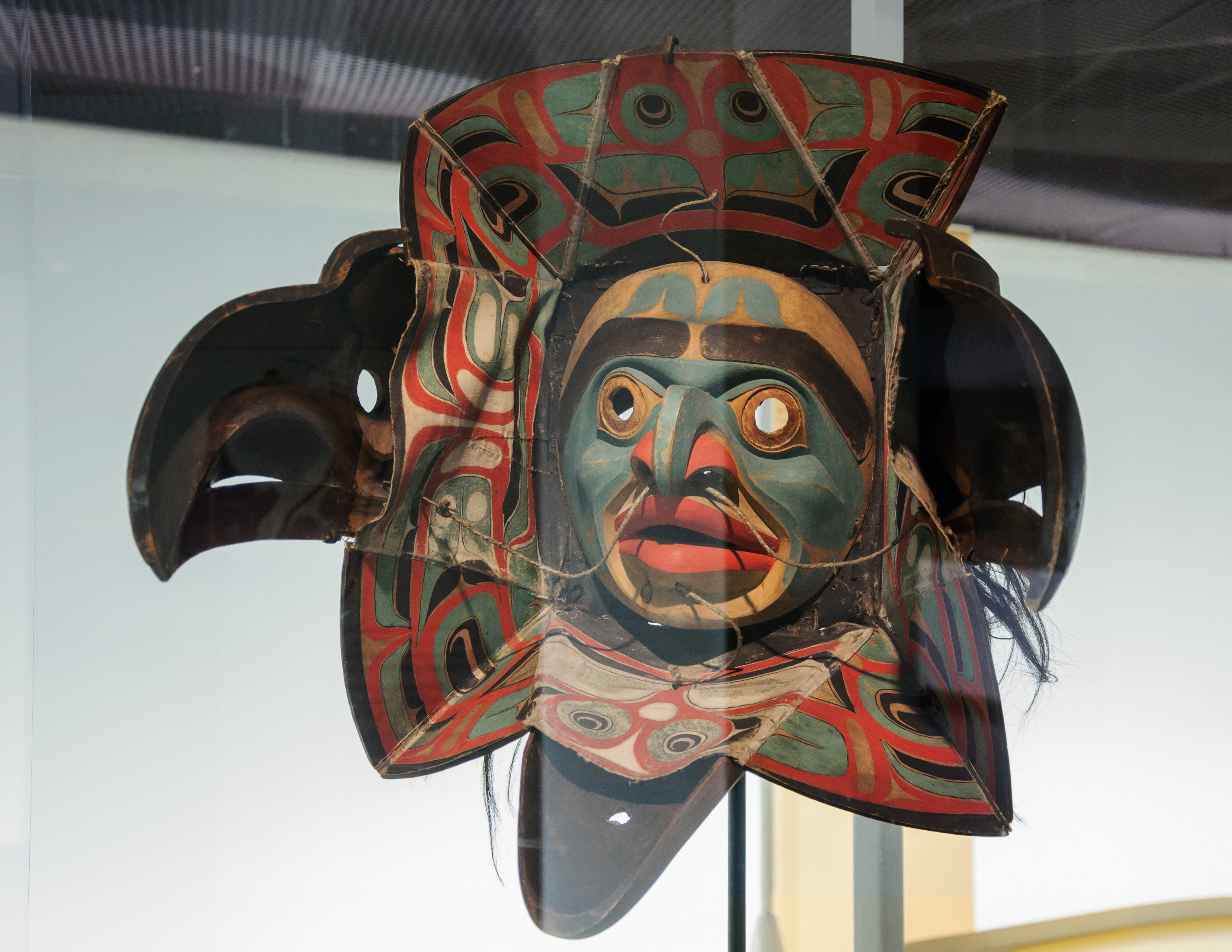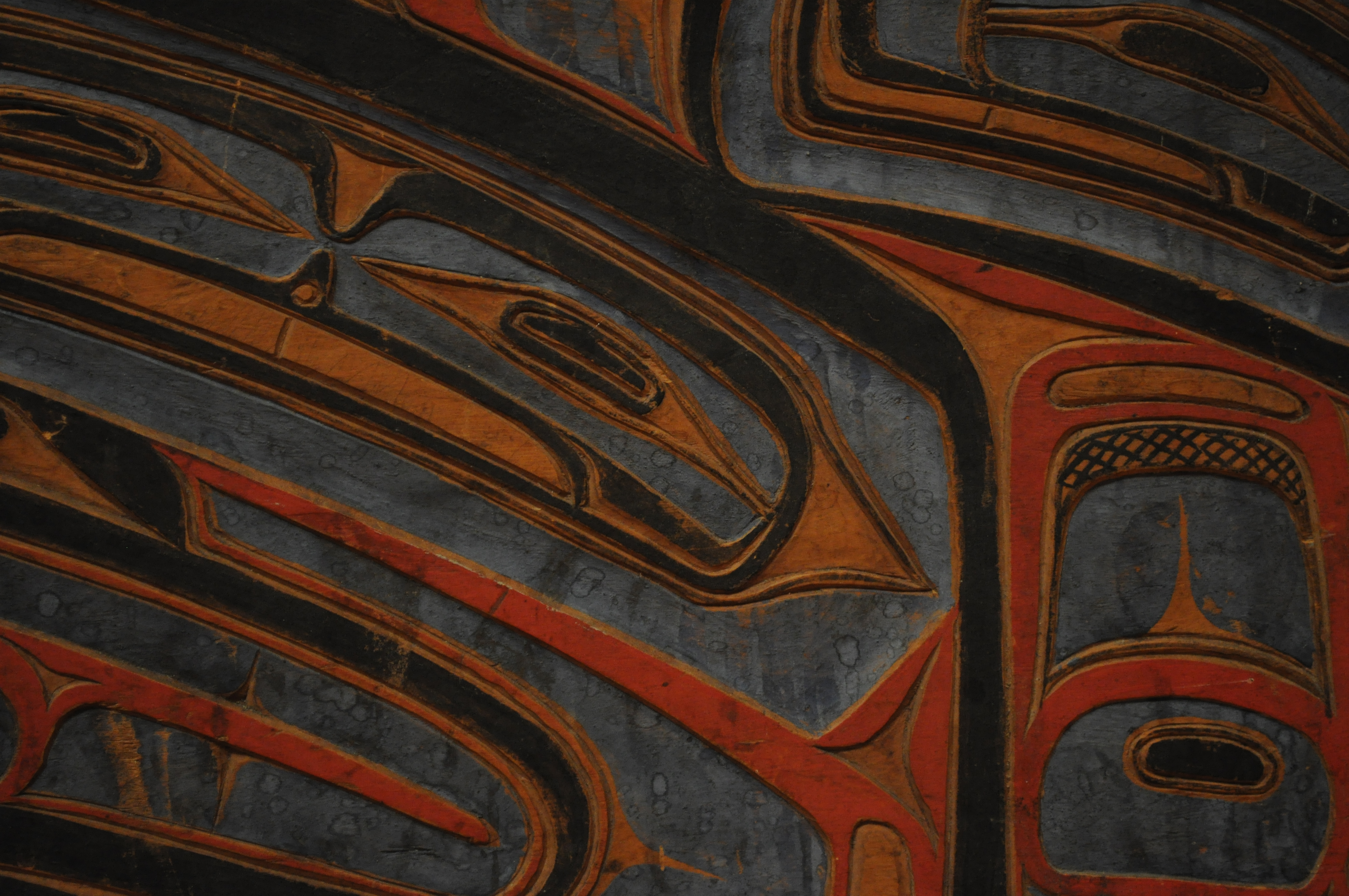|
Wuikinuxv-Kitasoo-Nuxalk Tribal Council
The Wuikinuxv-Kitasoo-Nuxalk Tribal Council, formerly the Oweekeno-Kitasoo-Nuxalk Tribal Council, is a First Nations tribal council comprising band governments of three indigenous peoples of the Central Coast region of British Columbia, Canada. The tribal council, composed of three band governments, spans four different cultures and languages: *the Wuikinuxv or Oweekeno, based at Rivers Inlet *the Nuxalk, based at Bella Coola *the joint Tsimshian-Heiltsuk community people known as the Kitasoo/Xaixais Nation whose village is located at Klemtu Klemtu is an unincorporated community on Swindle Island in the coastal fjords of British Columbia, Canada. It is located on Kitasoo Indian Reserve No. 1. Klemtu is the home of the Kitasoo tribe of Tsimshians, originally from Kitasu Bay, and t .... ReferencesWKNTC Website [...More Info...] [...Related Items...] OR: [Wikipedia] [Google] [Baidu] |
First Nations In Canada
First Nations (french: Premières Nations) is a term used to identify those Indigenous Canadian peoples who are neither Inuit nor Métis. Traditionally, First Nations in Canada were peoples who lived south of the tree line, and mainly south of the Arctic Circle. There are 634 recognized First Nations governments or bands across Canada. Roughly half are located in the provinces of Ontario and British Columbia. Under Charter jurisprudence, First Nations are a "designated group," along with women, visible minorities, and people with physical or mental disabilities. First Nations are not defined as a visible minority by the criteria of Statistics Canada. North American indigenous peoples have cultures spanning thousands of years. Some of their oral traditions accurately describe historical events, such as the Cascadia earthquake of 1700 and the 18th-century Tseax Cone eruption. Written records began with the arrival of European explorers and colonists during the Age of Dis ... [...More Info...] [...Related Items...] OR: [Wikipedia] [Google] [Baidu] |
Indigenous Peoples Of The Pacific Northwest Coast
The Indigenous peoples of the Americas, Indigenous peoples of the Pacific Northwest Coast are composed of many nations and tribal affiliations, each with distinctive cultural and political identities. They share certain beliefs, traditions and practices, such as the centrality of salmon as a resource and spiritual symbol, and many cultivation and subsistence practices. The term ''Northwest Coast'' or ''North West Coast'' is used in anthropology to refer to the groups of Indigenous people residing along the coast of what is now called British Columbia, Washington (state), Washington State, parts of Alaska, Oregon, and Northern California. The term ''Pacific Northwest'' is largely used in the American context. At one point, the region had the highest population density of a region inhabited by Indigenous peoples in Canada.Aboriginal Identity (8), Sex (3) and Age Groups (12) for the Population of Canada, Provinces, Territories, Census Metropolitan Areas and Census Agglomerations, 2006 ... [...More Info...] [...Related Items...] OR: [Wikipedia] [Google] [Baidu] |
British Columbia Coast
, settlement_type = Region of British Columbia , image_skyline = , nickname = "The Coast" , subdivision_type = Country , subdivision_name = Canada , subdivision_type1 = Province , subdivision_name1 = British Columbia , parts_type = Principal cities , p1 = Vancouver , p2 = Surrey , p3 = Burnaby , p4 = Richmond , p5 = Abbotsford , p6 = Coquitlam , p7 = Delta , p8 = Nanaimo , p9 = Victoria , p10 = Chilliwack , p11 = Maple Ridge , p12 = New Westminster , p13 = Port Coquitlam , p14 = North Vancouver , area_blank1_title = 15 Districts , area_blank1_km2 = 244,778 , area_footnotes = , elevation_max_m = 4019 , elevation_min_m = 0 , elevation_max_footnotes = Mt. ... [...More Info...] [...Related Items...] OR: [Wikipedia] [Google] [Baidu] |
British Columbia
British Columbia (commonly abbreviated as BC) is the westernmost province of Canada, situated between the Pacific Ocean and the Rocky Mountains. It has a diverse geography, with rugged landscapes that include rocky coastlines, sandy beaches, forests, lakes, mountains, inland deserts and grassy plains, and borders the province of Alberta to the east and the Yukon and Northwest Territories to the north. With an estimated population of 5.3million as of 2022, it is Canada's third-most populous province. The capital of British Columbia is Victoria and its largest city is Vancouver. Vancouver is the third-largest metropolitan area in Canada; the 2021 census recorded 2.6million people in Metro Vancouver. The first known human inhabitants of the area settled in British Columbia at least 10,000 years ago. Such groups include the Coast Salish, Tsilhqotʼin, and Haida peoples, among many others. One of the earliest British settlements in the area was Fort Victoria, established ... [...More Info...] [...Related Items...] OR: [Wikipedia] [Google] [Baidu] |
Canada
Canada is a country in North America. Its ten provinces and three territories extend from the Atlantic Ocean to the Pacific Ocean and northward into the Arctic Ocean, covering over , making it the world's second-largest country by total area. Its southern and western border with the United States, stretching , is the world's longest binational land border. Canada's capital is Ottawa, and its three largest metropolitan areas are Toronto, Montreal, and Vancouver. Indigenous peoples have continuously inhabited what is now Canada for thousands of years. Beginning in the 16th century, British and French expeditions explored and later settled along the Atlantic coast. As a consequence of various armed conflicts, France ceded nearly all of its colonies in North America in 1763. In 1867, with the union of three British North American colonies through Confederation, Canada was formed as a federal dominion of four provinces. This began an accretion of provinces an ... [...More Info...] [...Related Items...] OR: [Wikipedia] [Google] [Baidu] |
Wuikinuxv
The Wuikinuxv , ("Backbone people"), also rendered Oweekano (Pre-1976); ''Oowekeeno'' (1976-2003) (variation: ''Oweekeno, Owekano, Oweekayno, Wuikenukv, Wikeno, Owikeno, Awikenox'', and also known as the Rivers Inlet people, are an Indigenous First Nations people of the Central Coast region of the Canadian province of British Columbia, located around Rivers Inlet and Owikeno Lake, to the north of Queen Charlotte Strait. The Wuikinuxv people and their neighbours the Heiltsuk and Haisla peoples were in the past sometimes known incorrectly as the "Northern Kwakiutl". History The name used for the main village on Katit Indian Reserve No. 1, which is on an island in the Wannock River, that connects Owikeno Lake to Rivers Inlet, "Wannock", means "poison" and refers to an 1848 raid by the Heiltsuk, as recounted by John Thomas Walbran in his authoritative opus on coastal names in British Columbia: Culture A recently completed Bighouse, which is the first in many years, is the fo ... [...More Info...] [...Related Items...] OR: [Wikipedia] [Google] [Baidu] |
Rivers Inlet, British Columbia
Rivers Inlet is an unincorporated settlement and First Nations community of the Wuikinuxv (Owikeno) people, located at the head of the inlet of the same name in the Central Coast region of British Columbia, Canada. The community is located adjacent to the Wannock River, a short waterway connecting Owikeno Lake Owikeno Lake, also Owekeeno Lake, Owekano Lake, Oweekayno Lake and other spellings (pron. "o we KEE no"), is a large fjord lake in the Central Coast region of British Columbia, Canada. It connects to the head of Rivers Inlet by the short Wannock ... to the head of Rivers Inlet. References * {{BritishColumbiaCoast-geo-stub Unincorporated settlements in British Columbia Populated places on the British Columbia Coast Wuikinuxv Central Coast of British Columbia ... [...More Info...] [...Related Items...] OR: [Wikipedia] [Google] [Baidu] |
Nuxalk
The Nuxalk people (Nuxalk: ''Nuxalkmc''; pronounced )'','' also referred to as the Bella Coola, Bellacoola or Bilchula, are an Indigenous First Nation of the Pacific Northwest Coast, centred in the area in and around Bella Coola, British Columbia. Their language is also called Nuxalk. Their on-reserve tribal government is the Nuxalk Nation. Name and tribes/groups The name "Bella Coola", often used in academic writing, is not preferred by the Nuxalk; it is a derivation of the neighbouring Wakashan-speaking coastal Heiltsuk people's name for the Nuxalk as ''bəlxwəlá'' or ''bḷ́xʷlá'', meaning "stranger" (rendered plxwla in Nuxalk orthography). Within the Nuxalk language, "Nuxalkmc" is the term for the people, and "ItNuxalkmc" is the term for the language, and these terms are increasingly being used in English locally. The Nuxalk peoples, known today collectively as Nuxalkmc, are made up of lineages representing several ancestral villages within their territory. From Kimsq ... [...More Info...] [...Related Items...] OR: [Wikipedia] [Google] [Baidu] |
Bella Coola, British Columbia
Bella Coola is a community in the Bella Coola Valley, in British Columbia, Canada. ''Bella Coola'' usually refers to the entire valley, encompassing the settlements of Bella Coola proper ("the townsite"), Lower Bella Coola, Hagensborg, Salloompt, Nusatsum, Firvale, and Stuie. It is also the location of the head offices of the Central Coast Regional District. The entire Bella Coola Valley has a population of 2,163 as of the 2021 census. This was an increase of 8% from the 2016 census, when the population was 2,007. Geography The primary geographical structure of the community, both in terms of physical structures and population distribution, is the long, narrow Bella Coola River valley. The river meanders along the eastern and northern edges of the town before discharging into the head of North Bentinck Arm. Highway 20 (known over most of its length as the Chilcotin Highway) stretches from the Government wharf (on the Pacific Ocean) through the extent of the populated port ... [...More Info...] [...Related Items...] OR: [Wikipedia] [Google] [Baidu] |
Tsimshian
The Tsimshian (; tsi, Ts’msyan or Tsm'syen) are an Indigenous peoples of the Pacific Northwest Coast, Indigenous people of the Pacific Northwest Coast. Their communities are mostly in coastal British Columbia in Terrace, British Columbia, Terrace and Prince Rupert, British Columbia, Prince Rupert, and Metlakatla, Alaska on Annette Island, the only reservation in Alaska. The Tsimshian estimate there are 45,000 Tsimshian people and approximately 10,000 members are federally registered in eight First Nations communities (including the ''Kitselas,'' ''Kitsumkalum,'' ''Gitxaala,'' ''Gitga'at'' at Hartley Bay, and ''Kitasoo'' at Klemtu) ''Lax Kw'Alaams,'' and ''Metlakatla, BC''. The latter two communities resulted in the colonial intersections of early settlers and consist of Tsimshian people belonging to the 'nine tribes.' The Tsimshian are one of the largest First Nations peoples in northwest British Columbia. Some Tsimshian migrated to the Annette Islands in Alaska, and today ap ... [...More Info...] [...Related Items...] OR: [Wikipedia] [Google] [Baidu] |
Heiltsuk
The Heiltsuk or Haíɫzaqv , sometimes historically referred to as ''Bella Bella'', are an Indigenous people of the Central Coast region in British Columbia, centred on the island community of Bella Bella. The government of the Heiltsuk people is the Heiltsuk Nation, though the term is also used to describe the community. Its largest community is Bella Bella. They should not be confused with the Salish-speaking Nuxalk (Nuxalkmc) peoples ("People of Bella Coola Valley (Nuxalk)"), who were formerly usually called Bella Coola, an Anglicization of the Heiltsuk term Bíbḷxvḷá (singular: Bḷ́xvḷá, meaning: "stranger"). History Ancestors of the Heiltsuk (Haíɫzaqv) have been in the Central Coast region of British Columbia since at least 7190 BCE. The Heiltsuk (Haíɫzaqv) are the main descendants of Haíɫzaqvḷa(Heiltsuk)-speaking people and identify as being from one or more of five tribal groups: W̓úyalitx̌v (Wuyalitxv) (Seaward Tribe or Seaward Division; outsid ... [...More Info...] [...Related Items...] OR: [Wikipedia] [Google] [Baidu] |




.jpg)
